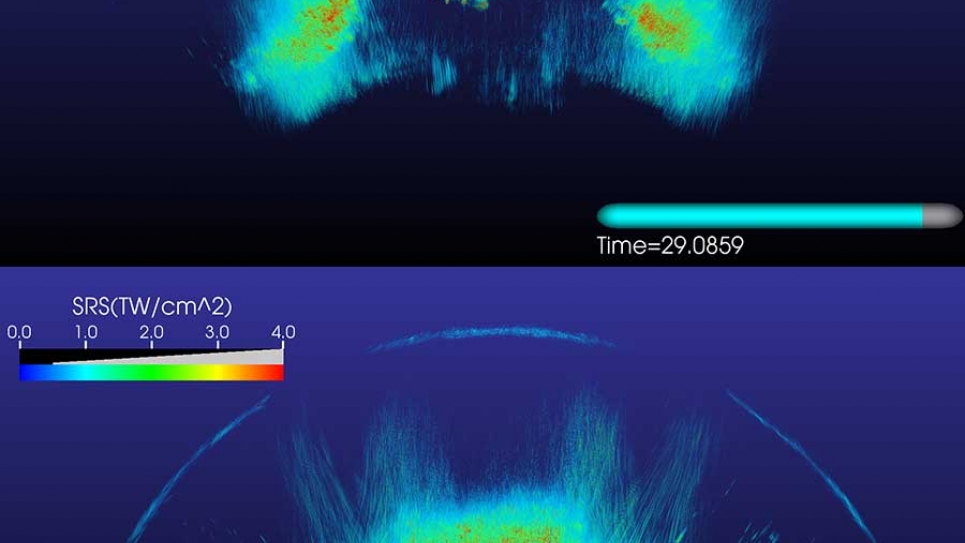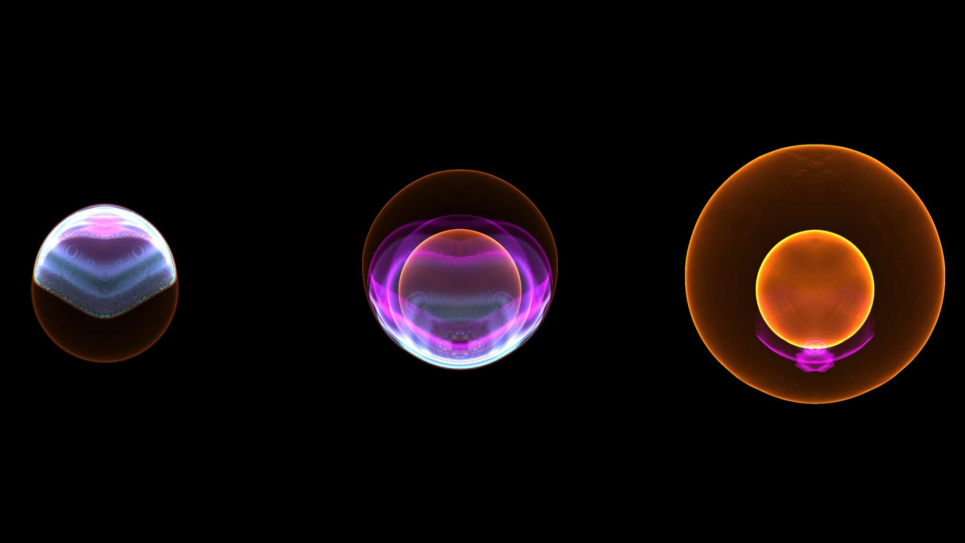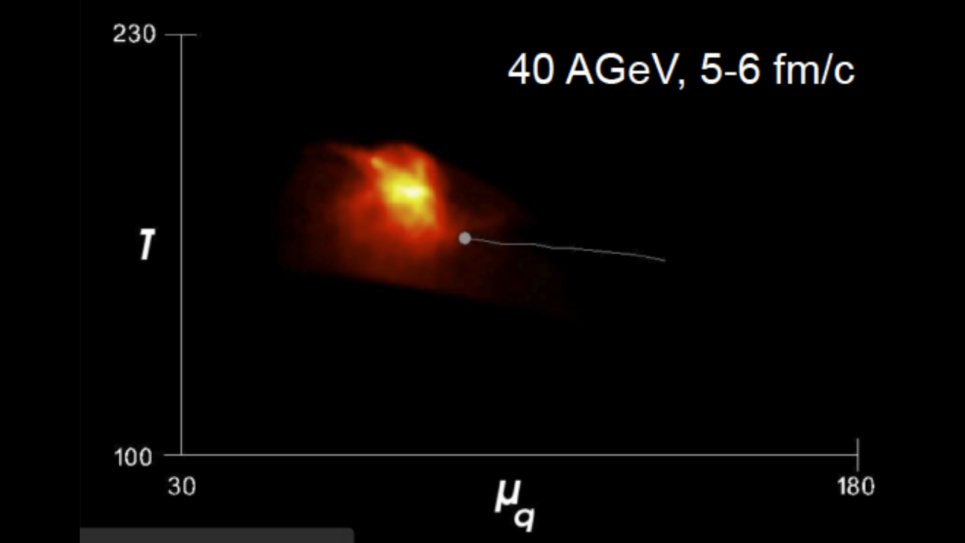
Simulation of Laser-plasma Interaction in National Ignition Facility Experiments
Providing for the world's energy demands is one of the most urgent and difficult challenges facing our society. Inertial fusion energy provides an attractive solution to the demands for safe, secure, environmentally sustainable energy. Scientists have been working to achieve self-sustaining nuclear fusion and energy gain in the laboratory for more than half a century. The National Ignition Facility (NIF) laser is currently carrying out experiments whose goal is to compress a mixture of deuterium and tritium to temperatures and densities high enough that fusion ignition occurs.
The laser intensity at NIF is high enough that some of the laser energy backscatters off the target. Previous research quantified how overlapping quads (groups of 2 x 2 beams) impacted backscatter at NIF. Research demonstrated that overlapping quads can share a reflected light wave, thereby enhancing reflectivity. The simulations produced results similar to NIC experimental data and have allowed identification of several areas where the simulations need to be improved.
This project will perform a simulation of backscattered light generated from three overlapping quads (groups of 2 x 2 beams propagating in the same direction) over the full volume in which laser-plasma interactions (LPI) is expected to occur. The simulation will produce synthetic data that will be compared to experimental data from the National Ignition Facility (NIF). The simulation will provide detailed information about where LPI occurs and the interaction between stimulated Raman scattering and stimulated Brillouin scattering; the two main plasma instabilities acting in these experiments. This research will provide a better understanding of the conditions where overlapping quads generate more backscattered light than from the quads acting independently.

